
Curator: T. Melis Golar
METU Department of Music and Fine Arts hosts Mert Acar’s exhibition as a part of “Monthly Exhibition” series. The exhibition ‘Placeholder’ presents us with different locations and traces that point to man’s alteration to Earth, through Mert Acar’s photography. The photographs allow us to view the artist’s journey; meanwhile, dividing into layers the transformation of the landscape. They reveal the points of convergence and separation between the roads. The artist records, through photography, the means of mankind’s invasion of Earth, and recaptures these hybridized spaces. The exhibition questions a story that transforms and redefines landscapes; in short, a story of humanhood, through the spaces that we inhabit and the way we hold them. The exhibition, comprised of 13 digital print photographs, also provides the audience with a platform that allows us to follow Mert’s journey. Placeholder, curated by T. Melis Golar, may be visited every weekday until March 18th 2016.
On altered landscapes
As well as its change inside, nature disguises itself as a new physical appearance by human intervention. Remained in between the city and nature, outside the rural, and changed and transformed by humanity, transition areas on the road not only create a hybrid visuality, but also contain information about the memories, stories and cultural history of humankind. While the landscape in the state of flux that its place in photography has appeared apace for sixty years is described as transitional landscape by Yi-Fu Tuan, Shane Hulbert puts forward the concept of altered landscape. Berger interprets this in-betweenness, characterized as social landscape by Otto Schlüter, as experimental landscapes.
Within the perspective of conventional landscape, artefacts that we convince ourselves that they do not opt in the landscape have been embedded in it in time and in many places, and they have become an instant and memory of that landscape. The lasting expansionist and occupying policy of humankind which is an important anchor in orienting landscape photography toward these altered landscapes, have made natural landscape lost from the view, and have adopted the function of making the natural commercial. Hence, in recent years, the duty of photography have gone beyond taking the photo of a beautiful landscape.
The landscapes changed by humans can be felt as unprecedented, absent and undiscovered. Yet, the footprints of mankind show that these landscapes are experienced and memorized. These visuals reveal the hybrid spaces sometimes where electricity pylons meet stupendous mountains, sometimes where exhilarated greenery is lost in excavation heaps, sometimes where dams reshape and create artificial elevations.
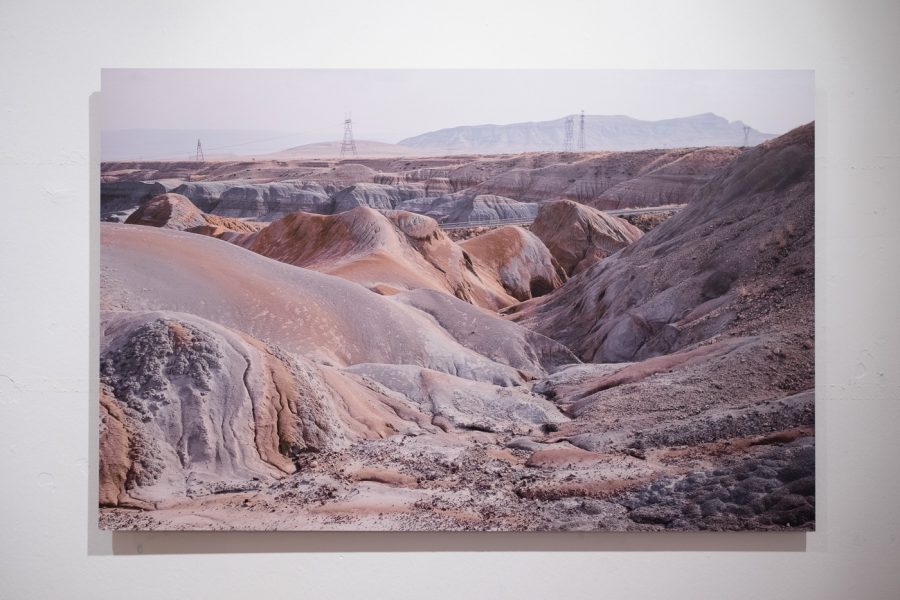
Diğerleri, 2016, 110 x 80 x 60 cm, metal ve led, interaktif heykel , Odtü Kütüphanesi Sergi Salonu
By eluding the virginity of the nature, the altered landscapes constitute a new historical story about that place. Through reading the place by the photographer, the representation of the landscape creates that landscape. Within the altered landscape, it is possible to find the traces from daily life, earth’s cycle, advancing technology, sprawling areas, and power wars. These landscapes are the evidences of the powerful relation of the nature to culture, and it is like a basin showing the spots in which economy evolves, where the civilization changes and the politics are documented. Photography turns the landscape which changes dynamically into a memory, and evaluates it as social, cultural, and political historical landscape. Through the hints about the organization forms of the systems given, it becomes possible to expand the construals like the direction of the development of country’s social and cultural levels and observation of the intervention of ruling economic interests to the landscape.
The fact that the increasing needs of mankind are met from the nature has accelerated the invasion of earth. The lasting spread through settlements and agricultural lands has integrated new formations to the landscape like high-woltage lines, artificial lightings, roads, factories, building sites, dams and mine pits. The objects, thoughts and technologies of the industry which can be deemed the wastes of postmodernism have made huge alterations on the landscapes by creating heaps forming the nature. These undefined areas, where even the navigation devices and similar technologies in today’s world will have difficulty in orienting us, appear as experimental places standing between nature and culture as Berger indicates, and they are open to any kind of changes. In spite of the power of nature, civilization always finds a place for itself in it. The change is directly related to the existence of the humankind and this continuous discovery stands as a performance that will never end.
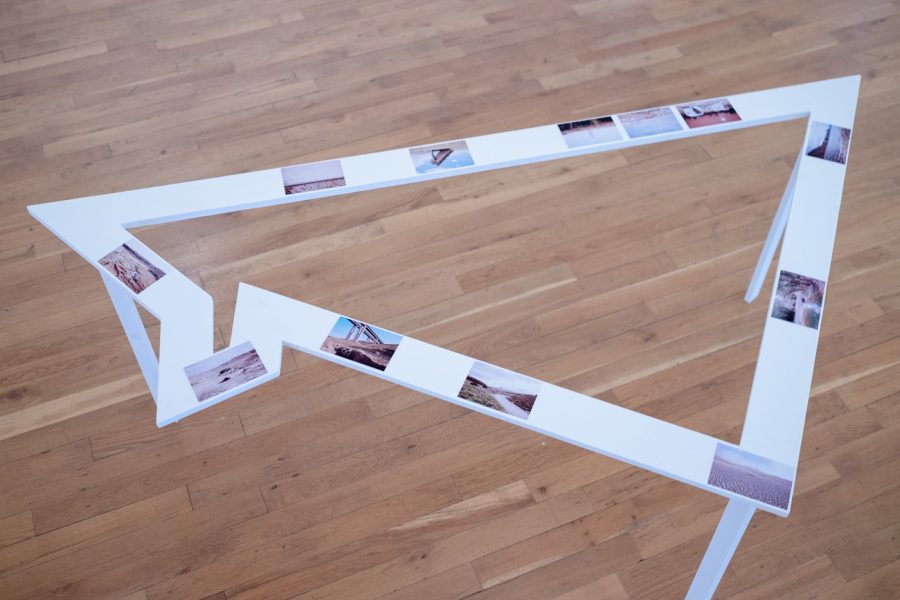
Through the photographs of Mert, Placeholder exhibition unfolds the different places and human traces denoting the alterations in nature made by humans. The places in the photographs embrace a lasting journey instead of representing a destination point which could be designated beforehand. They, also, give reference to the commodities waiting at the end of the road. Actually, these places which seem to be static, distant and deserted within themselves speak of the existence of humans. The photography of Mert through his journey mediate making an empty area, which doesnot appear to be more than a random place on the map, a defined location. This journey which the artist made to the unknown emerges as a searching performance. The directions and the guidance he encounters, and the points where he finds himself reveal the marks the performance leaves on him. Sometimes independent of each other, sometimes integrated subjugations are observed. Mert confines this discovery arousing his individual curiousity to a single frame and tells the spectator about his experience employing a minimal visuality of his own. Photographs reveal the points of convergence and separation between roads by dividing the alternation of the landscape. Through photography, the artist records the means of mankind’s invasion of Earth, and recaptures these hybridized spaces. The exhibition questions a story that transforms and redefines landscapes; in short, a story of humanhood, through the spaces that we inhabit and the way we hold them.
Is light an element separating the night and day? Does road determine the starting and finishing points?
“For what the hurrying eye has seen merely from the car it cannot retain, and the vanishing landscape leaves no more traces behind than it bears upon itself “ -Adorno, 2014,
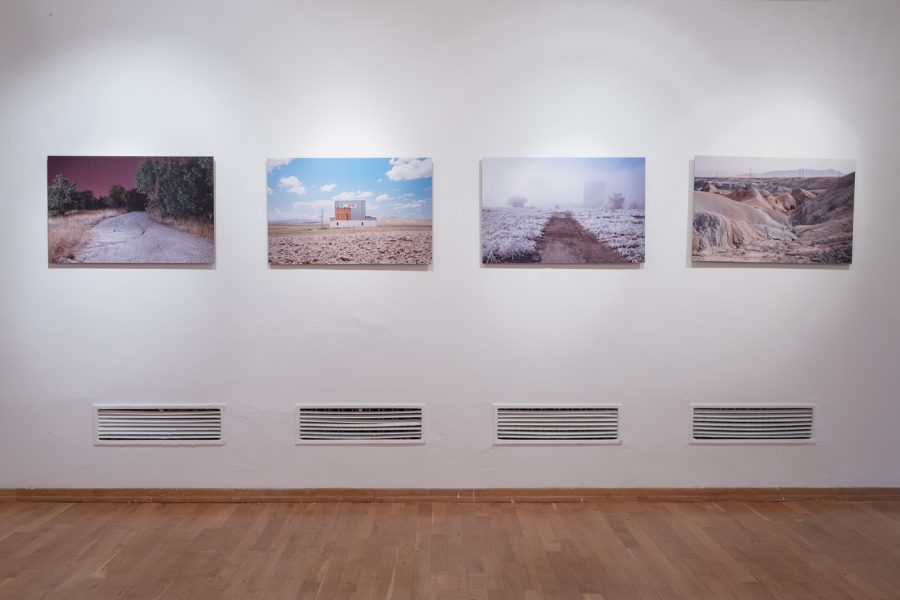
The frequently met phenomena like roads, night, day, light, naturalness and affectedness in Placeholder are the main images of the issue which stands at the core of the landscape. The light and road within this exhibition appear with a powerful discourse which both constitutes the center of the story and carries the story to the spectator.
Roads
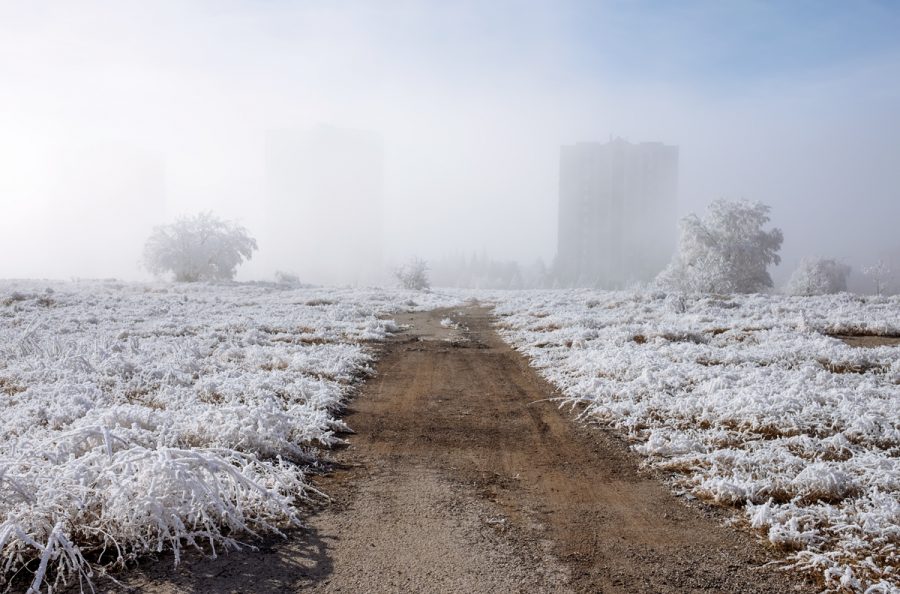
The advertisement signboards are neither inside nor outside Disneyland. These references can be seen as the gigantic statues created by the humanity on the lands. Against the power of the nature, these statues sometimes are lost and piteous. Yet, sometimes they turn into the statues leaving the human traces behind like a scar, which will destroy the nature with an acceleration that expansionist politics brought. Roads do not remain as an important token of arrivals of human only; at the same time, do represent the line drawn from rural to urban on the map that belongs to a historical period of that landscape.
Light
One of the apparent points where the living spaces of humans are marked is artificial lighting. The artificial lights, emphasizing a residential area that belongs to a civilization and illuminating the night, aided by the photography technology leave deserted yet strong clues about human traces. Similarly, city lights, boards, gas stations have become the artificial lights of these modification-based areas. The reflection of the city lights on the landscape is an existence which will make us question where the light comes from. Light, at the same time, is like the representation of consumer society. As Berger touches upon in his book Understanding a Photograph, lights are the images whereby humans consolidate their ways of consumption and senses of hegemony. While they lodge as it were the souls in bare places, numerous lightings that are left on, not only for illuminating the darkness but also for displaying presence, arouse the emotion of a flag set up by humanity.
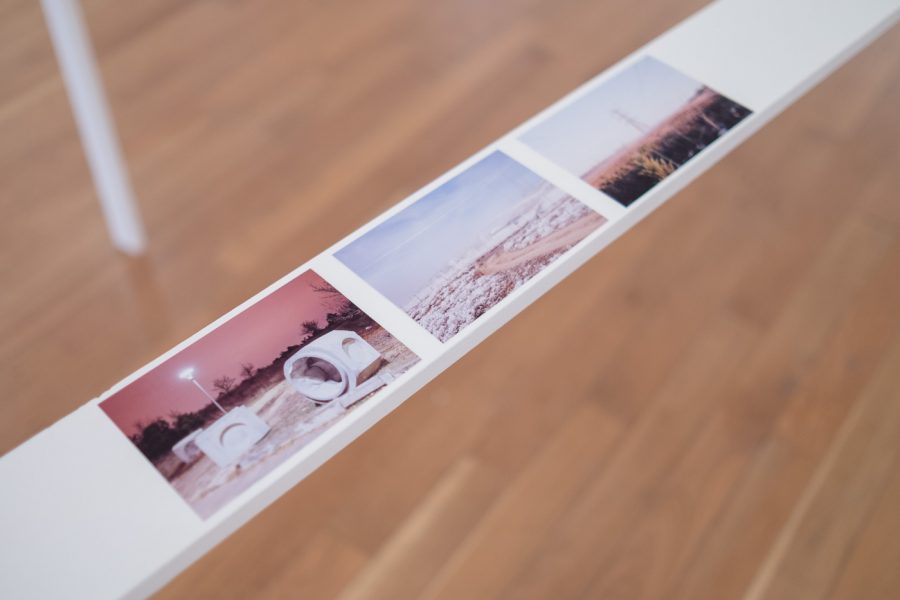
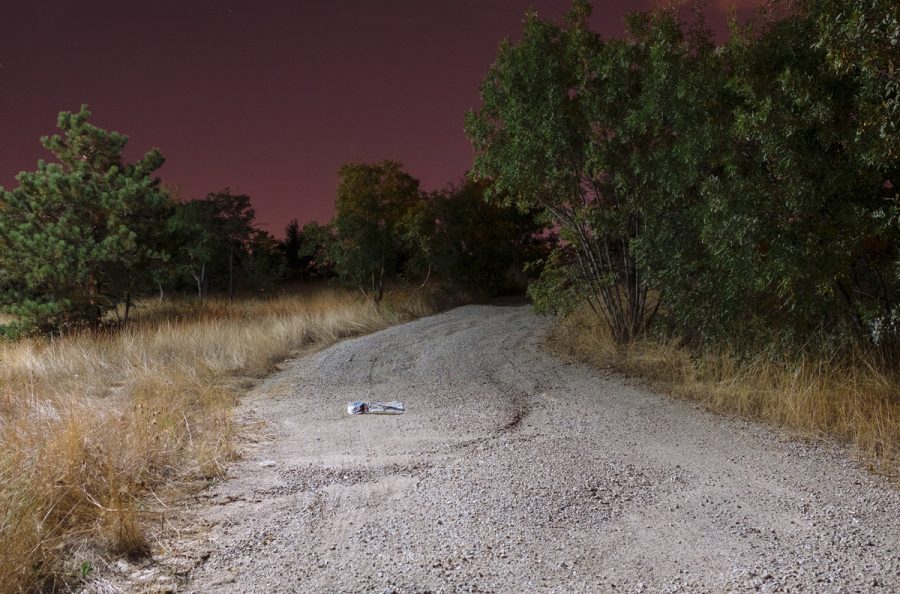
It is possible to observe the occupying hegemony of humans here particularly over roads and lights, in spite of their physical flaws. The map emerging from unnamed areas encompassing Nallıhan, Konya Yolu, Kızılcahamam, Beytepe and Ankara and their connections to each other, converges the points, Mert holds occupying for us, and brings together his journey on a single plane.
March 2016,
T.Melis Golar

